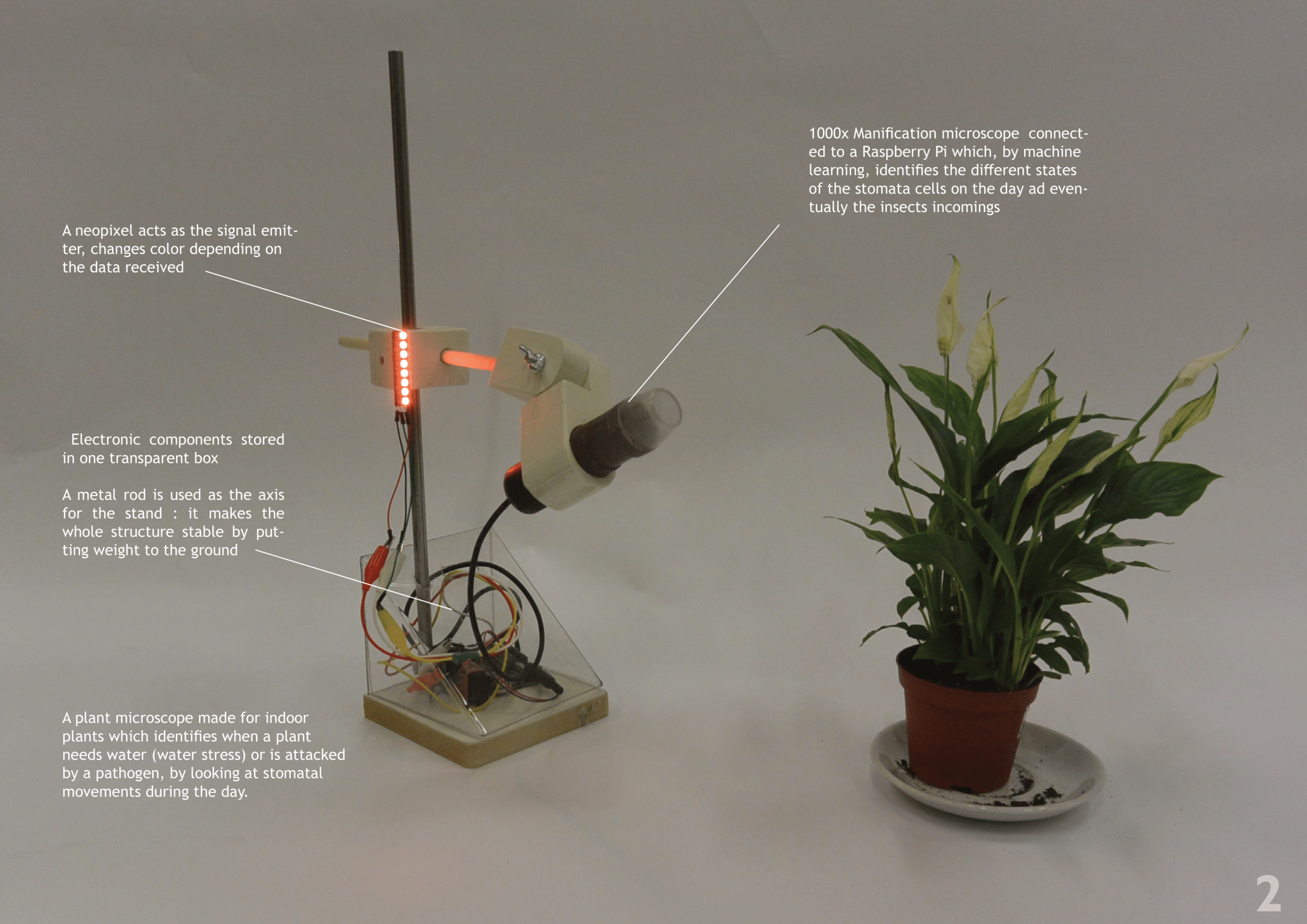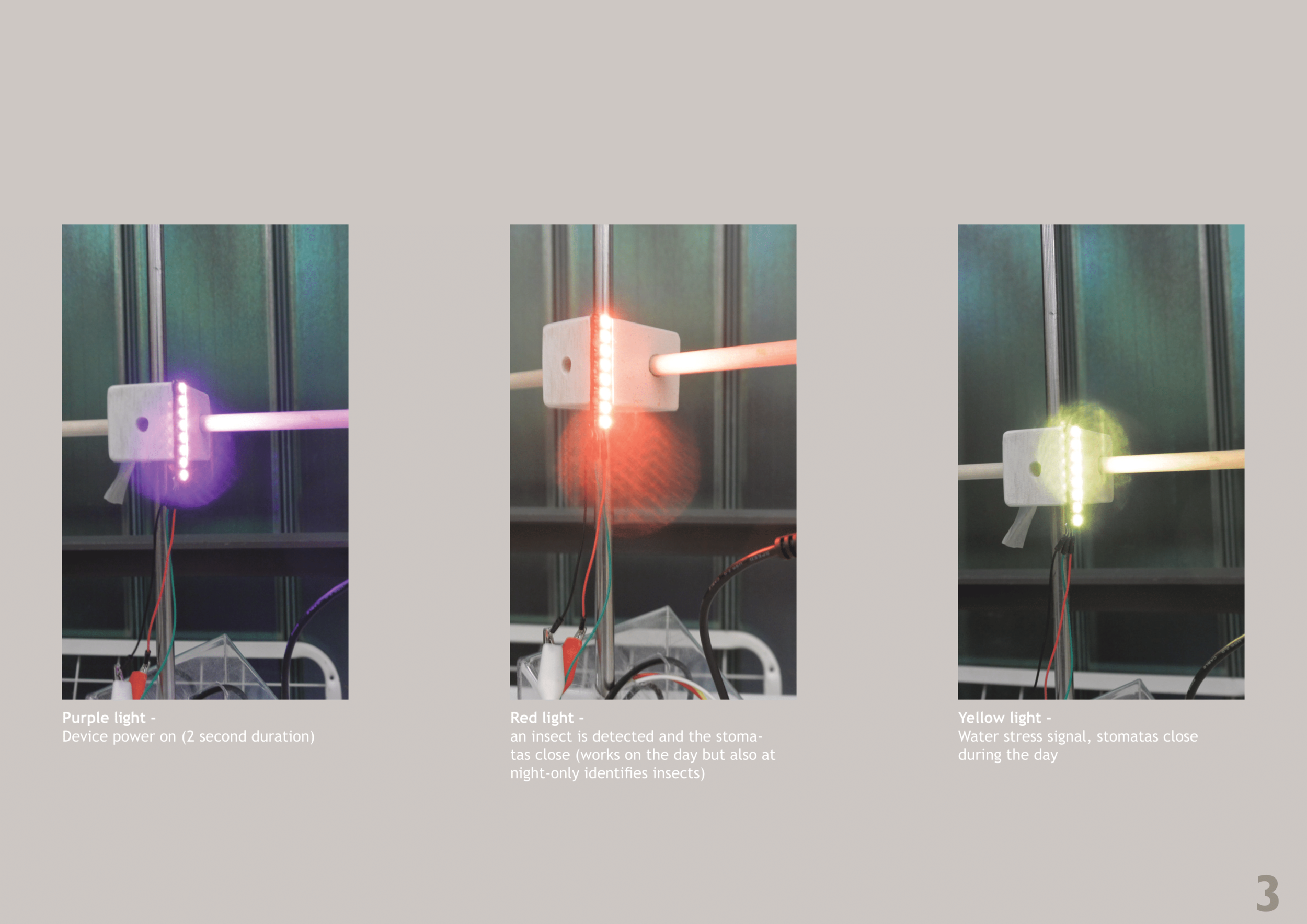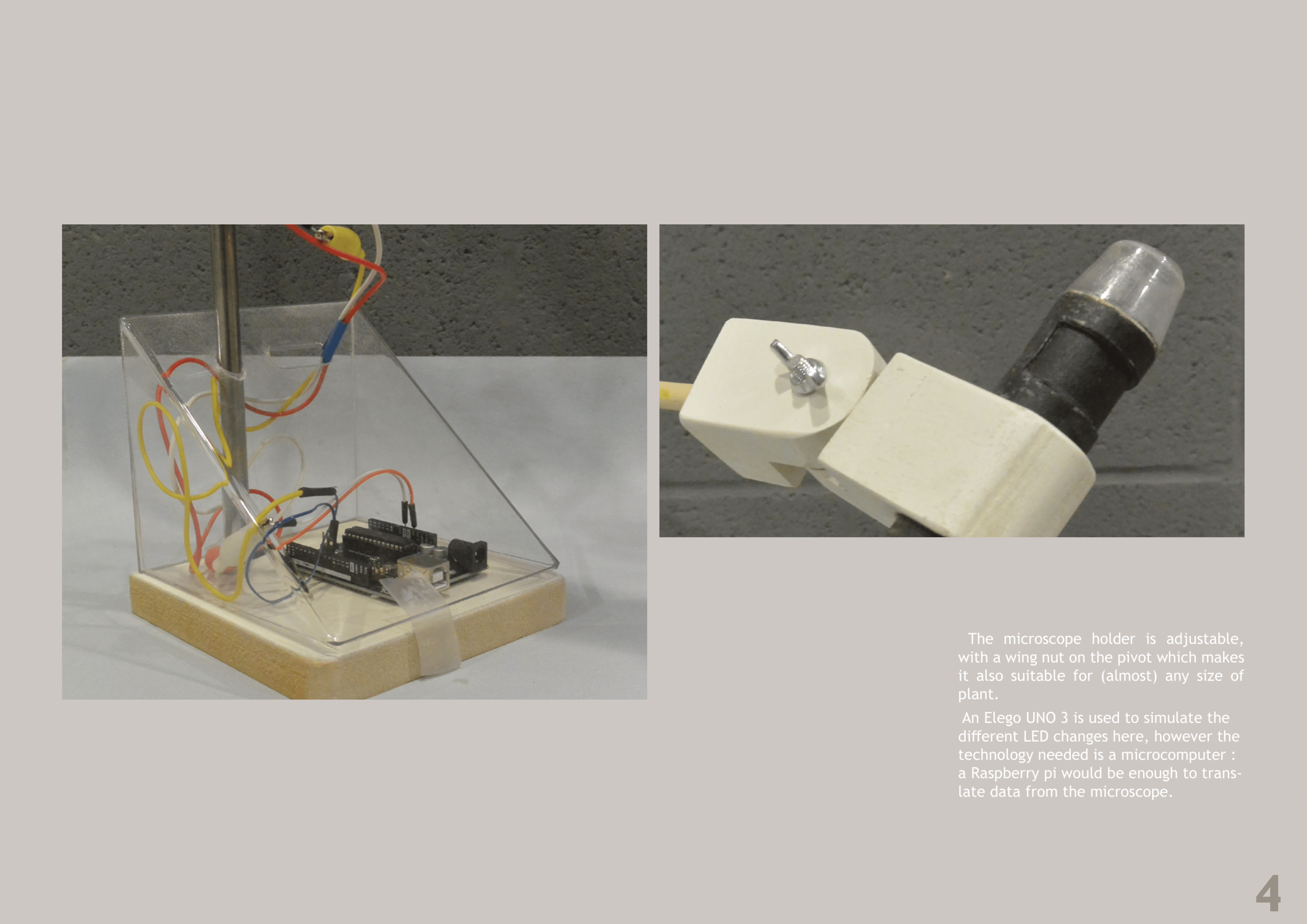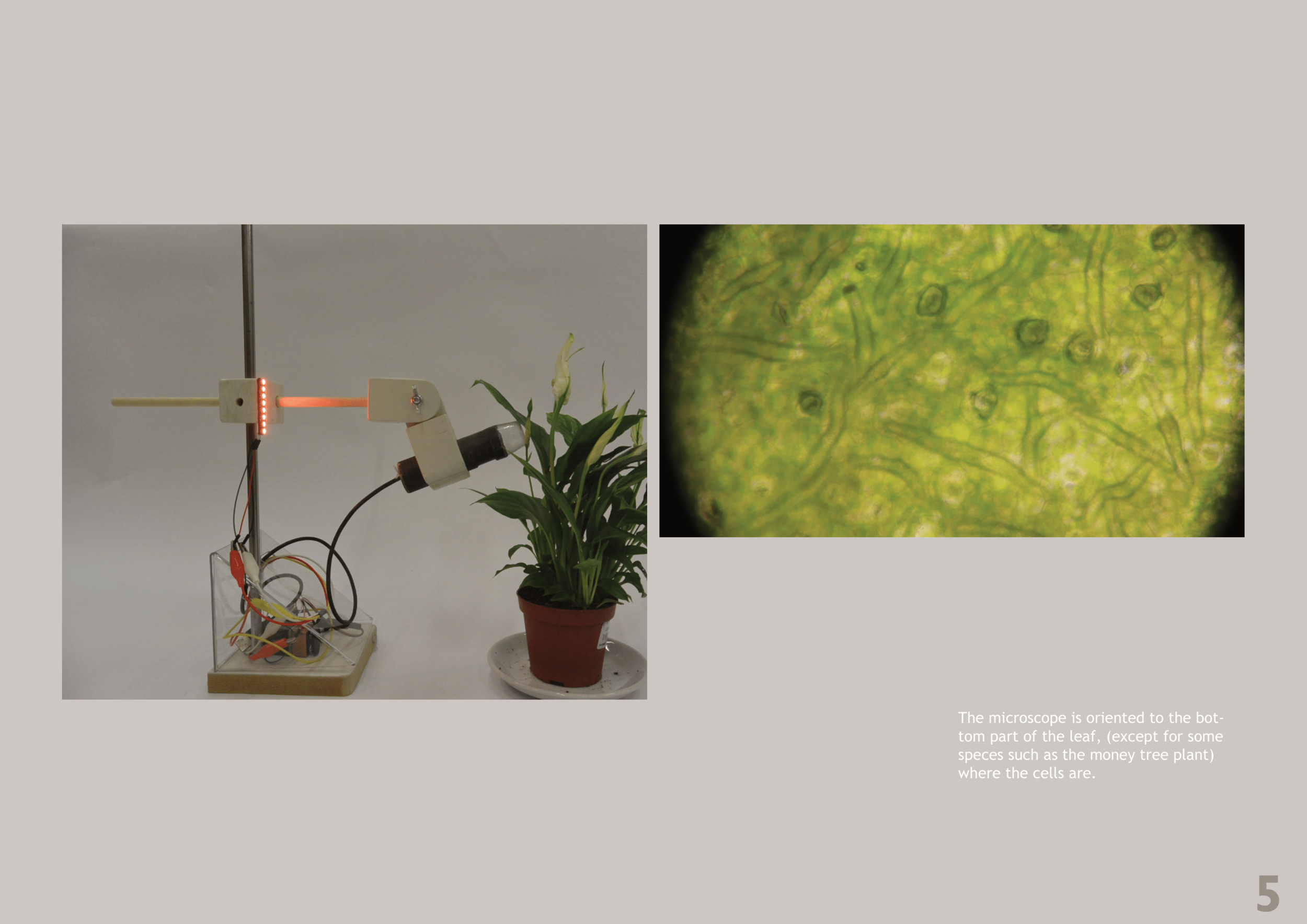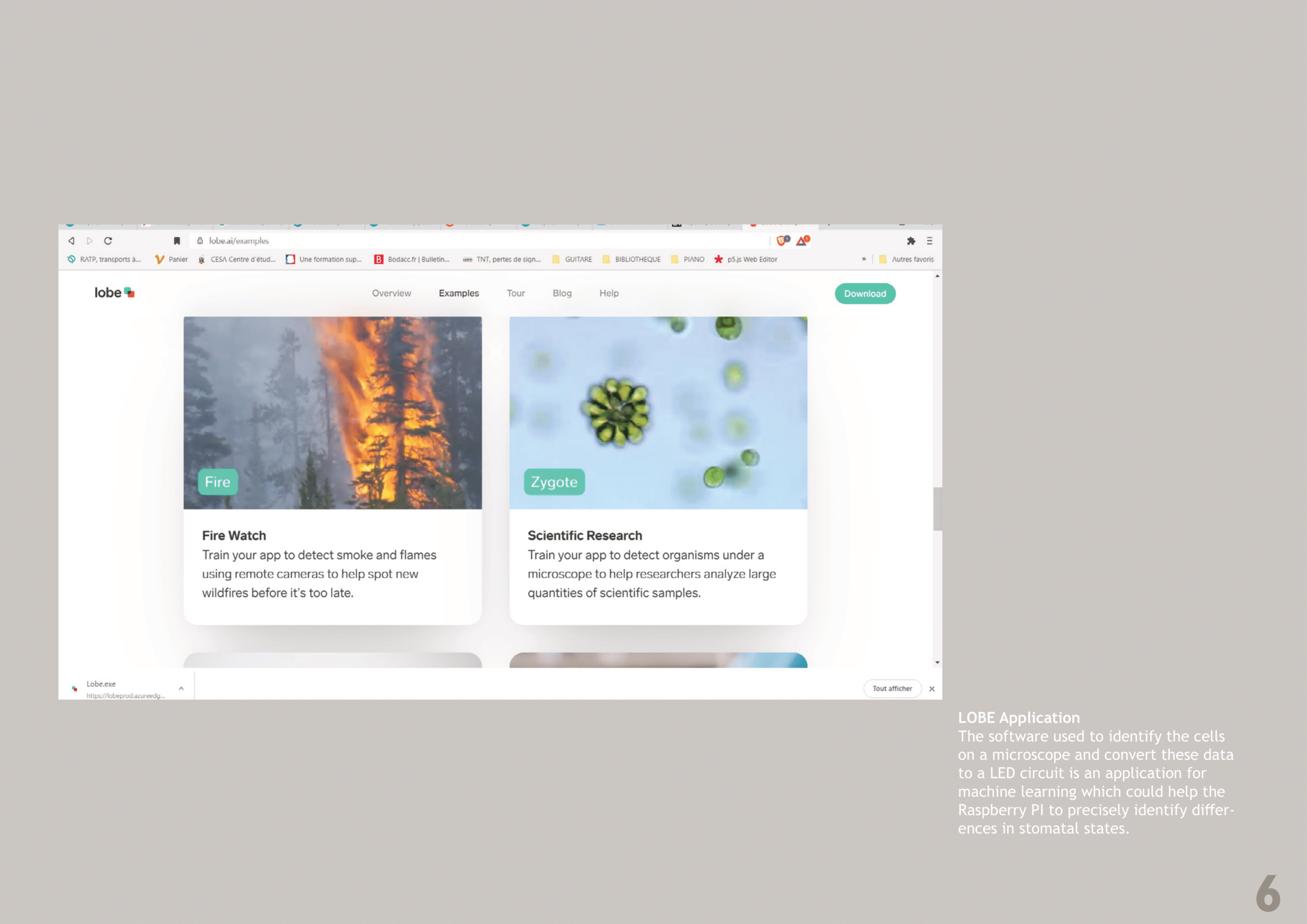by Santa Ramaherison
As humans, we take distance from other living species as if we were the only “relevant” living being on the planet. We can become empathetic with living beings whom we can identify behaviours related to ours – sadness, stress, depression, joy- which are often shown physically, in a way that other living beings from the same species can comprehend and understand their feelings and needs easily. Physical emotional behaviour is the most direct way for an animal to communicate its emotional needs since it’s what we could call the most visual way for it to be expressed. But us humans as the dominant species at the current time, have taken a distance from the other species especially the plant kingdom : which we view as a non-sensible living species kingdom… Whereas they are in reality more complex than humans tend to think – although they can’t hear, talk, touch, or see, if we want to understand their real nature, and how they communicate, we should regard them as a living system with a unique set of senses and physiological characteristics than comparing them with our human senses.
So I’ve come to the simple question : how can we translate plants' feelings, and communications to a human audience?
Thus I looked into house plants, especially from the Tracheophyta group of, which are the most common type of plant we see in our everyday lives, often used as “decorations” or more recently seen almost as “pets” to people. Their relations to us are still a lot more passive than our relations with other mammals, also because of their inability to move (at least not to a human eye). So how can we understand them more? How can we bring them closer to us?
To understand that I have looked into how and if plants communicate and have feelings. Through my research I found out that they apparently communicate to each other by exchanging gases, through the air, to warn other plants about dangers or attract insects or birds to kill other dangerous organisms. Those gas exchanges come from their leaves, where photosynthesis occurs and where water and CO2 is harvested through a microscopic cell called the Stomata cell. This cell acts as a pore which opens on the day to “transpire”which is the equivalent of sweating for humans, and closes on the night to retain their water to survive without photosynthesis. So these cells which we can see through a 200x magnification can also close in the day, however this means that it would need water or an insect is attacking it.
What if we could understand the needs of House plants by translating their stomatal responses to water and insect stress, to a human audience?
The project consists in a device which looks at the leaves of the plant (usually the bottom part) and identify stomatal movements during the day: a light then turns on if the stomata closes on the day – turns orange if the plant needs water, and turns red if it is attacked by a pathogen. The data is translated by an AI to send it to a microcomputer (a Raspberry Pi Zero in this case) which then sends it to the lights.
This technology could be used for actual house plants as well as crops, especially in urban city farms where there is not as much space as countryside’s crops. Connected to a whole autonomous system, it could ease the development of non-GMO farms or home organic farms, where pesticides would not be as useful as before. But it could also help us meet their needs easier than before.


